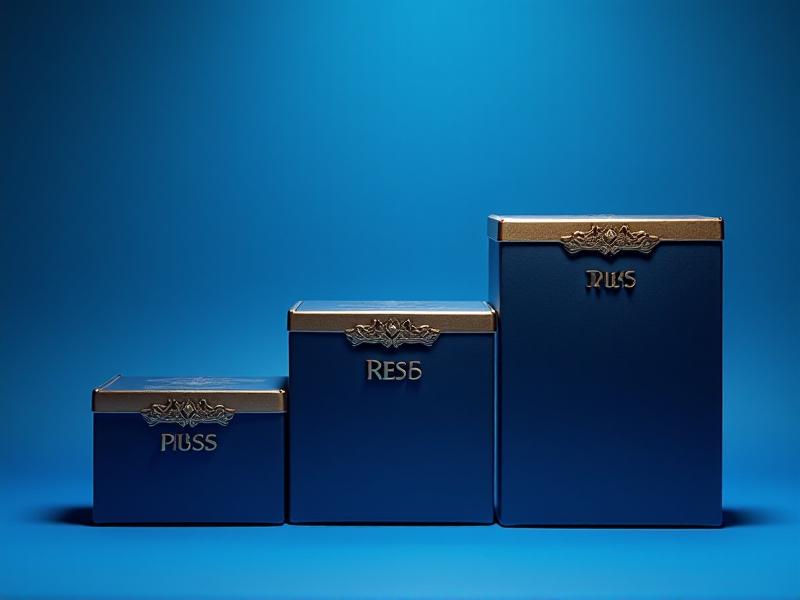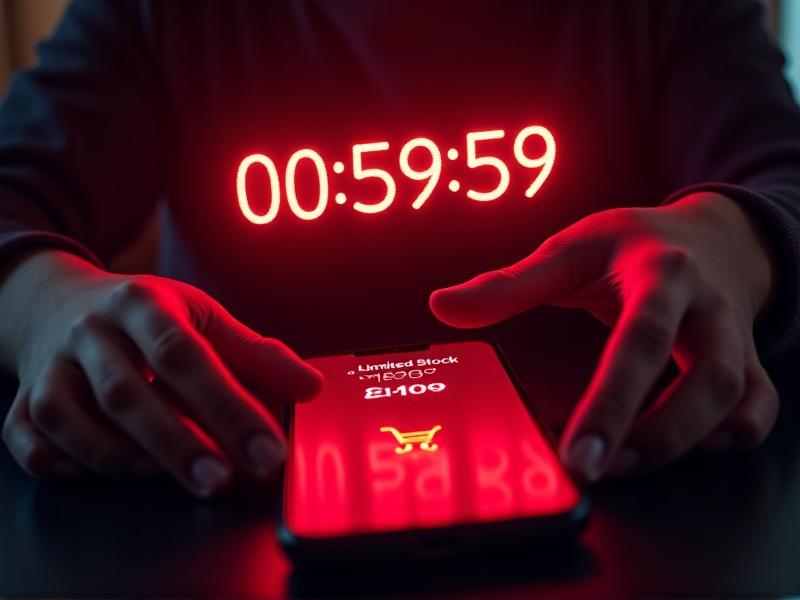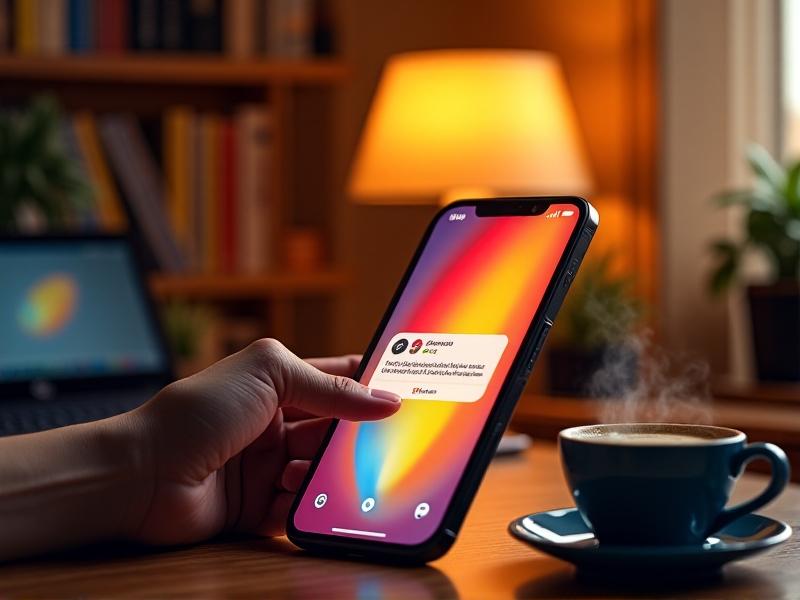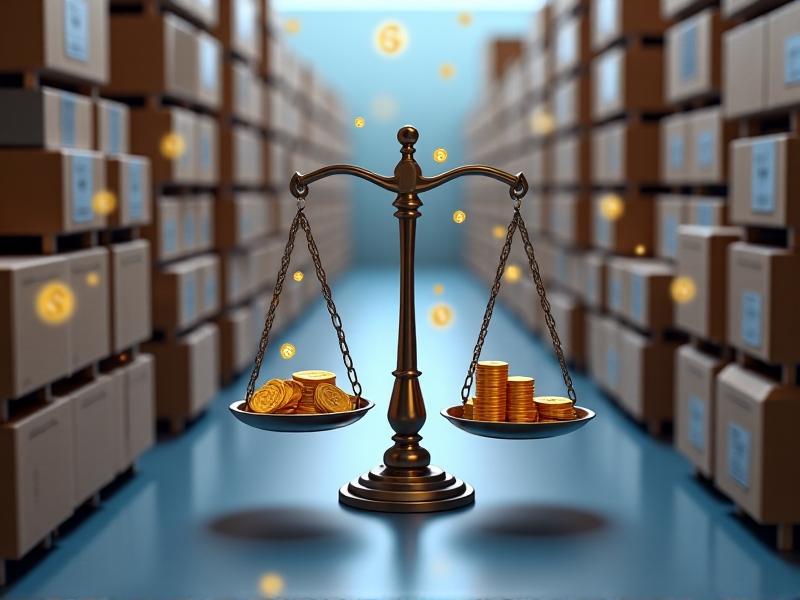Pricing Psychology: Finding the Sweet Spot for Quick Sales
The Psychology Behind the Price Tag
Pricing isn’t just a number—it’s a psychological trigger. Consumers don’t evaluate costs in a vacuum; their perception of value is shaped by context, emotion, and subtle cues. A $20 T-shirt might feel like a steal in a boutique but seem overpriced at a flea market. This disconnect highlights how pricing strategies tap into cognitive biases, influencing what customers are willing to pay. By understanding these mental shortcuts, businesses can position their products to feel irresistible, accelerating sales without slashing profits.

The Power of Charm Pricing: Why $9.99 Feels Cheaper Than $10
Charm pricing—ending prices with .99 or .95—works because our brains process numbers from left to right. A $9.99 product registers as “$9” rather than “$10,” creating an illusion of significant savings. Studies show this tactic can boost sales by up to 24%. Retailers like Walmart and Target use it relentlessly, but it’s equally effective in e-commerce. The strategy leans on the “left-digit effect,” where the first number disproportionately sways perception. Even luxury brands occasionally adopt it for entry-level items, proving its versatility across markets.

Decoy Pricing: Steering Choices with Strategic Options
Decoy pricing introduces a third option to make a target product seem more appealing. For example, a $100 printer might appear expensive until a $130 model with minor upgrades is placed beside it. Suddenly, the $100 option feels reasonable. This tactic exploits relativity—we judge value by comparing options. The decoy, often poorly priced, isn’t meant to sell but to nudge customers toward the preferred choice. Streaming services and software tiers use this effectively, guiding users to premium plans by adding a mid-tier decoy.

Scarcity and Urgency: Creating Fear of Missing Out (FOMO)
Scarcity triggers a primal fear of loss. Phrases like “Only 3 left in stock!” or “Sale ends tonight!” push customers to act quickly. Amazon’s “Low Stock” alerts and Booking.com’s “12 people are viewing this hotel” are classic examples. Limited editions or flash sales heighten perceived exclusivity. However, overuse can erode trust. Authenticity matters—genuine scarcity (e.g., seasonal products) works better than fabricated claims. When leveraged ethically, urgency shortens decision cycles and drives impulsive purchases.

Anchoring Effect: How Initial Prices Shape Perception
Anchoring uses an initial price as a reference point to make subsequent prices seem favorable. A $1,000 jacket listed next to a $2,000 “original price” feels like a bargain, even if the jacket rarely sold at $2,000. Restaurants often anchor with high-priced menu items to make others appear affordable. Real estate agents show overpriced homes first to set expectations. The first number customers see becomes their mental benchmark, skewing their judgment of what’s fair. Effective anchoring requires subtlety—the reference price must be plausible to avoid skepticism.
Bundling: Boosting Value Perception Through Package Deals
Bundling combines products or services into a single package, making the offer feel more valuable than individual items. Fast-food “meal deals” and software suites like Adobe Creative Cloud use this to obscure individual pricing and increase average order value. The key is to highlight savings: “Get $200 worth of products for $150!” However, poorly designed bundles can overwhelm customers. Curated bundles that solve specific problems—like a “Home Office Kit” with a desk, chair, and lamp—resonate more deeply by addressing holistic needs.
Context Matters: Framing Prices for Emotional Impact
How you present a price can matter more than the price itself. Framing $120/year as “Just $0.33 per day” makes it feel negligible. Conversely, highlighting total savings (“Save $500 annually!”) appeals to logic. Charities often frame donations as “the cost of a coffee” to reduce hesitation. Contextual framing also includes visual elements—using smaller fonts for large numbers or emphasizing discounts in bold colors. The goal is to align the price presentation with the customer’s emotional state, whether it’s excitement, fear, or guilt.
A/B Testing: Finding the Sweet Spot Through Experimentation
No strategy works universally. A/B testing different price points, formats, and structures reveals what resonates with your audience. E-commerce brands might test $14.99 vs. $15.00 or subscription models vs. one-time payments. Tools like Optimizely or Google Optimize simplify these experiments. The key is to test one variable at a time and gather sufficient data. Over months, patterns emerge—seasonal price sensitivity, demographic preferences, or the impact of minor changes. Continuous testing turns pricing from a guesswork game into a science.








